A “food forest” in the desert
What started as an idea to feed our young family in a healthy way has transformed into a life philosophy. The gardens at La Buena Vida have transformed over the fifteen years we’ve been practicing.
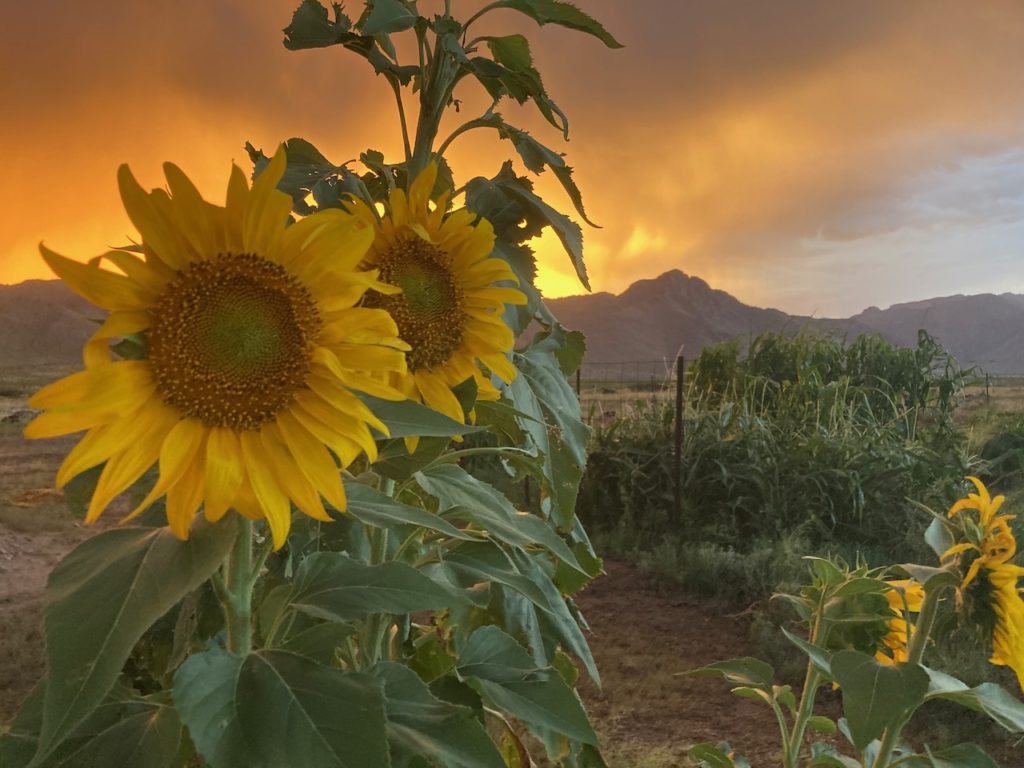
Working with the landscape
Early on, we relied heavily on Elliot Coleman’s teachings on market gardens. As we observed what did and did not work for us in our harsh arid environment, we looked more to what native peoples had done before us. We dug our beds down and leveled them to capture the rain water and retain as much moisture as we could (a traditional method from the Zuni people). Since then, through years of practice and adjustments, we’ve adapted a “demi” sunken bed for our annual crops, similar to what is happening in Africa. Around the sunken semi circle beds we’ve planted trees and perennial crops. Our goal is to have a “food forest” that also produces annual crops. The trees provide shade, a trellis and humidity to help buffer our more delicate plants from the harsh desert winds and heat. The beds get heavily composted then covered in a thick layer of straw. During the peak of the summer heat we only have to water once a week by flooding the bed. This method keeps the moisture planted in the ground.
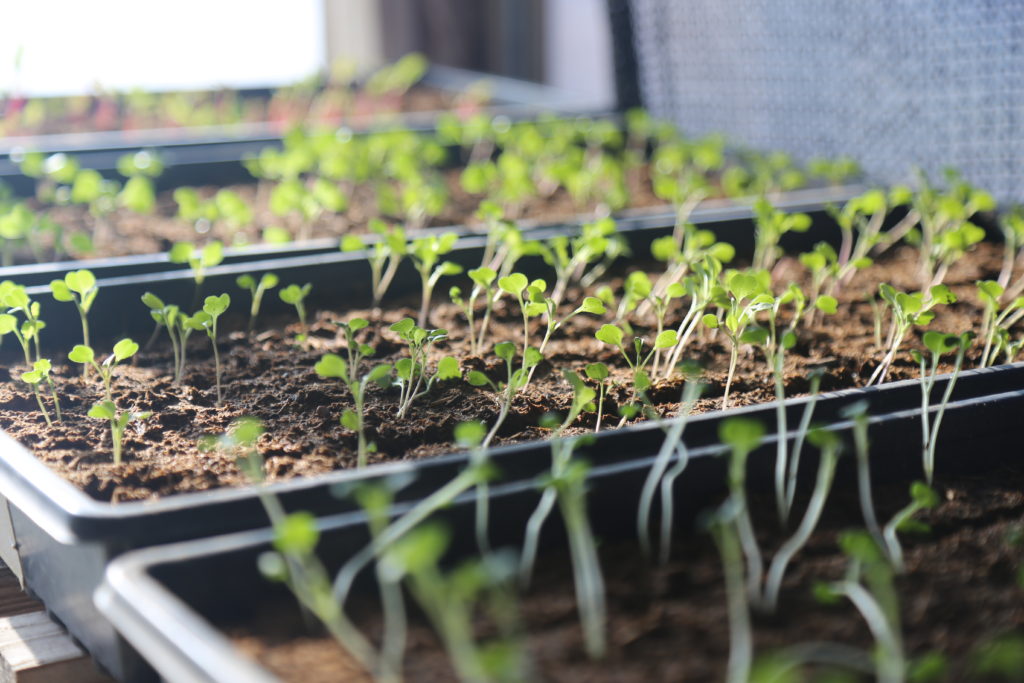
Preserving heirloom seeds
We’ve chosen our focus on seeds that have been historically grown in southern Arizona and northern Mexico. Over the years we’ve built our foundational seed collection up to have an extensive variety of rare, arid land adapted seeds that we continue to steward for future generations.
Our children have contributed to the making of land race melons and winter squash that we grow year after year in our garden. These land races’ are acclimated to our environment and often come up as volunteers all over the gardens. We consider it a special treat to eat our volunteer melons in the field, redistributing seeds for the next season.
15 years of Nigerian Dwarf dairy goat breeding
Since our farms beginning in 2008, Nigerian Dwarf goats have always played a key role in our daily life, and we’ve come to depend on them for a variety of quality homesteading dairy products.
We believe that correct structure will support a doe in her long career as a working asset to our farm. Because we are a working homesteading farm, we have the highest standards for our animals. Our Nigerian Dwarfs goats must meet the criteria of performing well in the milk bucket, kid easily, have a great temperament, display good work ethic and always be hardy and healthy.
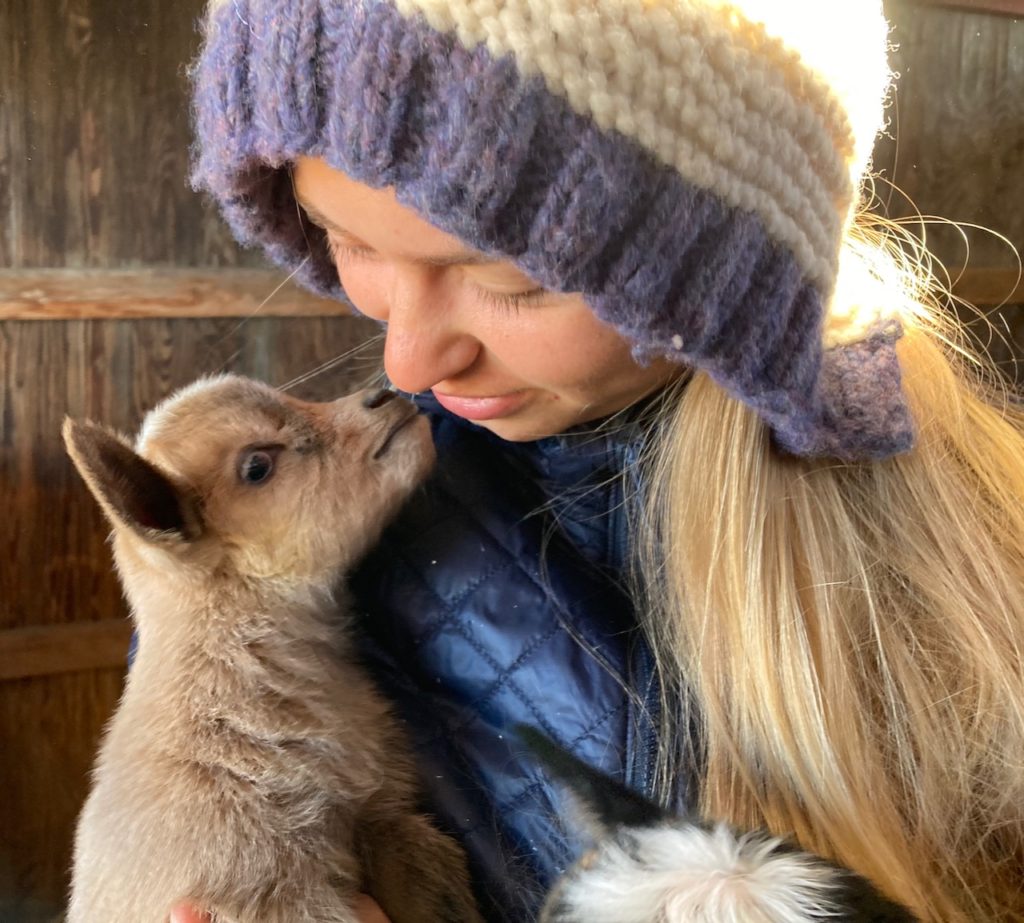
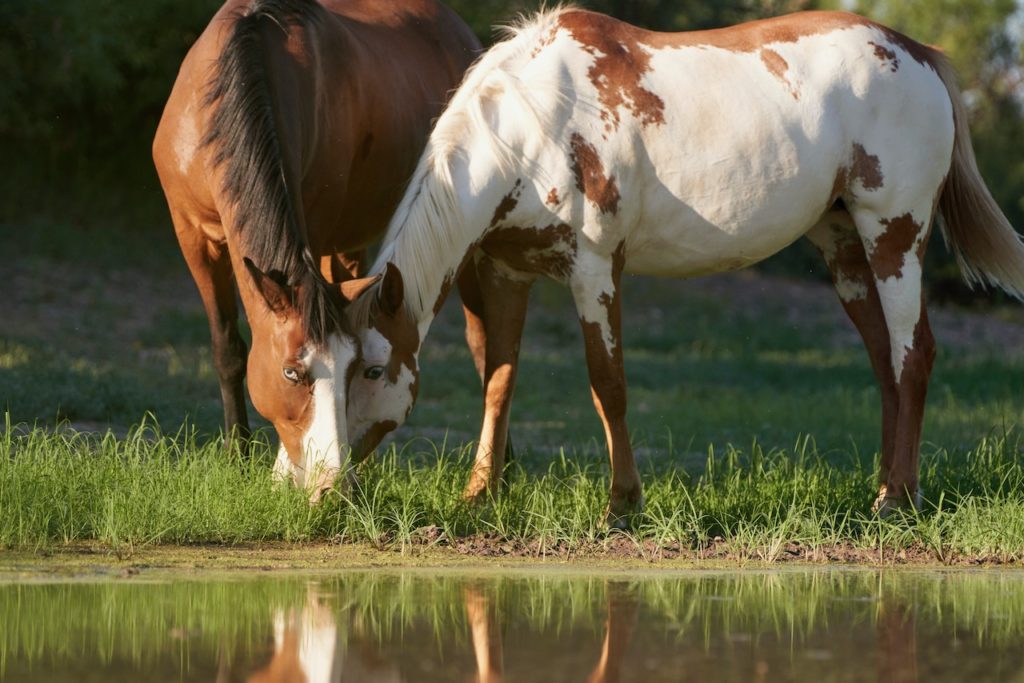
Only 50 breeding animals left: the Spanish Barb horse
The Spanish Barb horses are an important part of our history and culture here in the Southwest that cannot be recovered if lost to extinction. With very few Wilbur-Cruce Spanish Barb horses remaining, they need our help! A focused, high quality breeding program can restore these hardy horses to their once robust numbers.
What makes the Spanish Barb special?
The Spanish Barb horses are highly intelligent and bond strongly to their owners. They are known to have excellent endurance and can go easily all day on a ranch or out on trail, in extreme weather conditions and difficult terrain. They are curious, eager, funny and sociable. We depend on them to be sturdy, sure footed, agile mounts for just about any terrain. The willingness of these horses combined with their natural curiosity, agility and steady minds makes them ideal for anyone looking to have fun or get a job done with their equine partner.
Saving a land race: the Navajo Churro sheep
These Churro sheep, being a primitive “Old Type”, possess a number of non-visible traits that have allowed them to not only survive but thrive in the exceedingly harsh desert climate- something that would be impossible for modern commercial sheep.
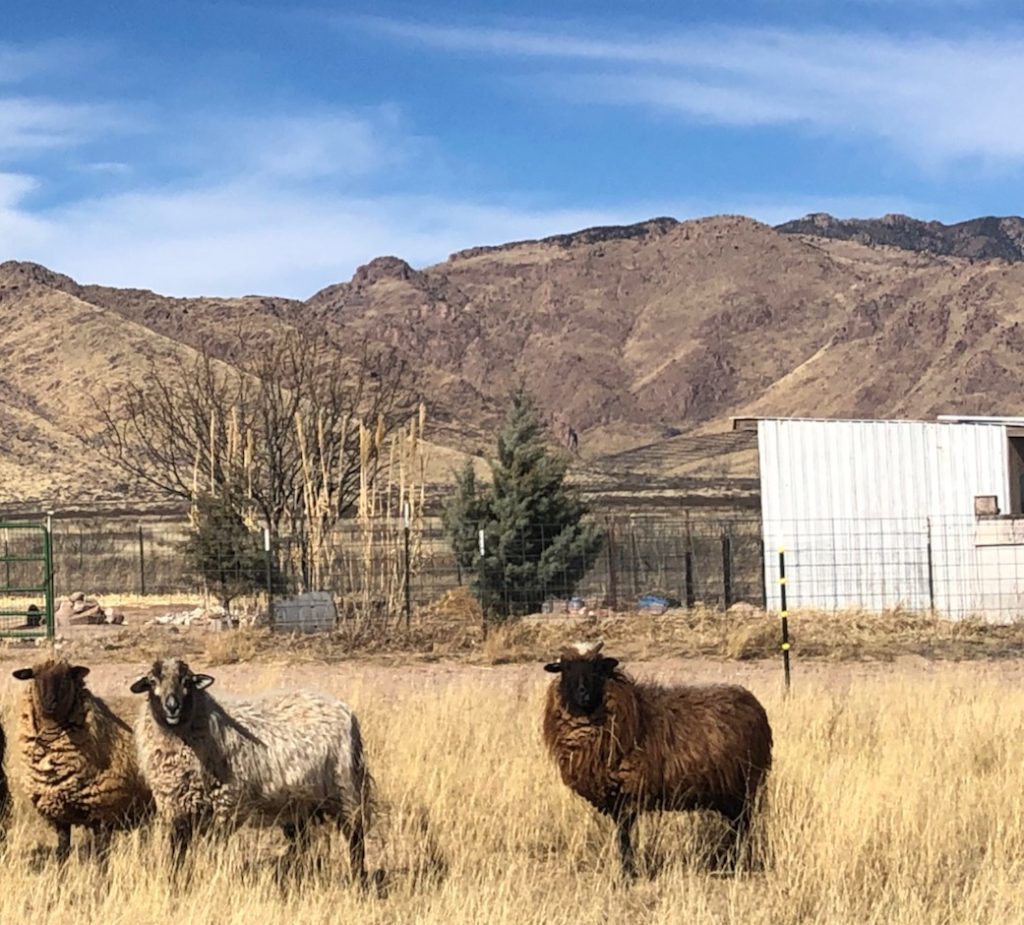
Biosecurity – We’ve completed two consecutive years of biosecurity screening on our foundation five ewes and one ram through Washington State University, all results coming back negative.
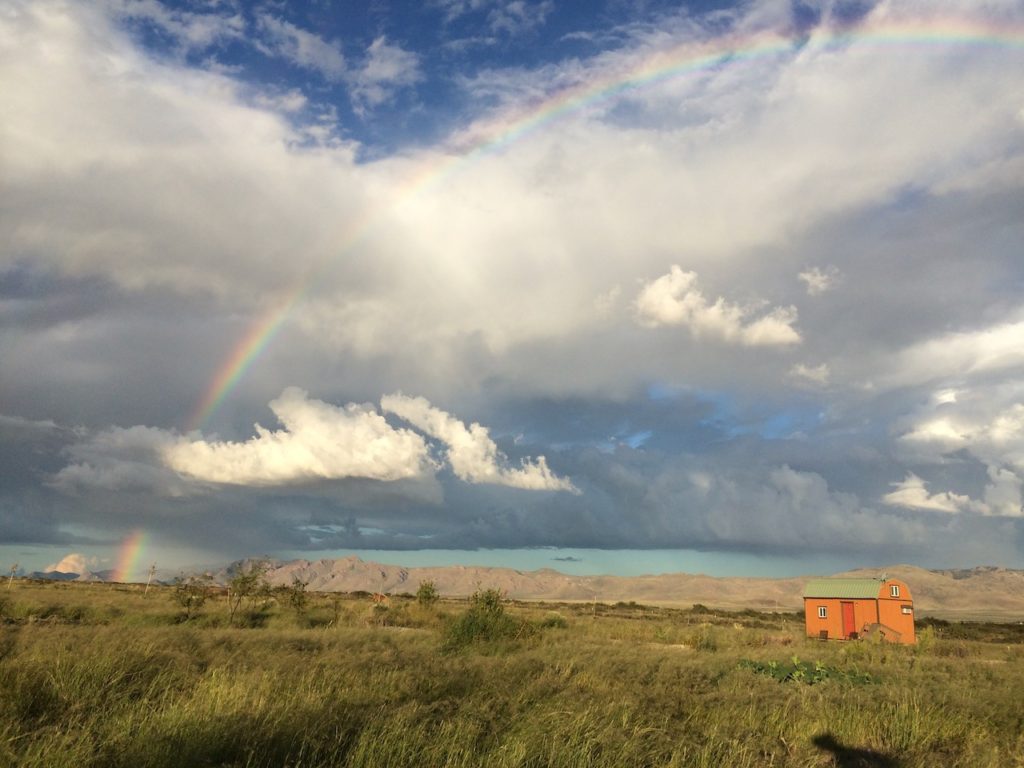
In it for the long run: pasture management
The majority of our land is used for rotational grazing, approximately 95% of it. Although indirect, grazing requires the farming and nurturing of native grass. Currently, most of our grazing zone is a mixture of grasses, mesquite and acacia trees. Our mesquite is a migrant from Texas which has been readily spread by cattle. Unfortunately, the mesquite competes with the grasses that we need for our grazing animals. We have started a multi-year project of mechanically removing the mesquite to open up the ground for the native grasses to flourish. Alongside the removal of mesquite, we are building in large scale swales to capture the rainwater run off during our monsoon season. By capturing and slowing down the rain water, it will start to recharge our ground with moisture that the grass can use to grow through the season.
What’s next?
As our permaculture practices continue, we will incorporate our demi beds (similar to what is in the food forest area) to dry farm edible crops in the grazing areas, along with various trees like Mulberry, Elderberry and Oaks to provide both shade and food. We’ve had favorable results from our test beds on this project and look forward to growing three sisters crops along with our land race melons in our new dry farmed zones. Our end goal is to have a rich grazing zone with plenty of feed for our larger animals along with shade and usable fruits and nuts.
